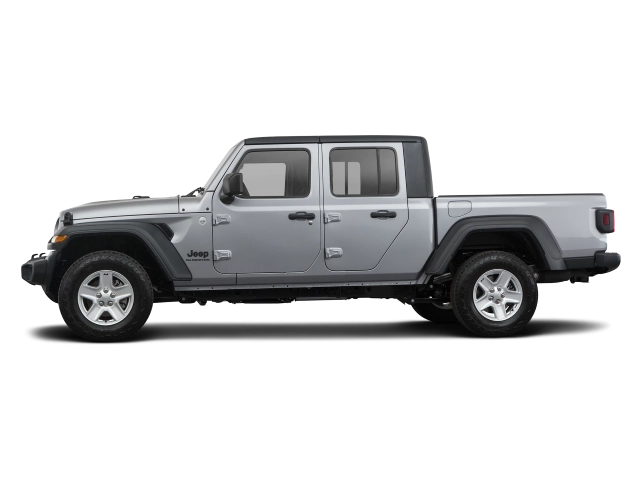2020 Jeep Gladiator Owner's Manual

Table of Contents
2020 Jeep Gladiator Overview
Introduction
The 2020 Jeep Gladiator is a uniquely designed mid-size pickup truck that embodies rugged utility and innovative capability, combining the best of both worlds: the off-road prowess that Jeep is renowned for and the utility of a truck. This versatile vehicle is perfect for adventure enthusiasts and everyday users alike, offering exceptional performance both on and off-road. With its bold styling, removable doors, and a host of customizable options, the Gladiator stands out in a crowded market.
Powertrains
Under the hood, the Gladiator comes equipped with a robust 3.6-liter V6 engine, delivering an impressive 285 horsepower and 260 lb-ft of torque. It is paired with either a standard six-speed manual transmission or an optional eight-speed automatic, allowing owners to maximize their driving experience. For those looking for more fuel-efficient options, the 2020 Gladiator also offers a 3.0-liter EcoDiesel V6, which generates 260 horsepower and an astounding 442 lb-ft of torque, providing ample power for towing and off-road adventures.
Trims
The Gladiator is available in various trims, including the Base Sport, Sport S, Overland, and the off-road focused Rubicon. Each trim enhances the vehicle's capability and comfort, featuring distinct upgrades like larger wheels, advanced infotainment systems, and rugged off-road enhancements. The Rubicon trim, in particular, is designed for the serious off-roader, featuring heavy-duty axles, locking differentials, and enhanced suspension systems.
Features
Inside, the Gladiator boasts a range of modern features, including an intuitive Uconnect infotainment system with a standard 7-inch touchscreen, Apple CarPlay, and Android Auto compatibility. Premium sound systems, luxurious leather seats, and advanced safety features such as adaptive cruise control and blind-spot monitoring elevate the driving experience.
Owners Manual
The 2020 Jeep Gladiator comes with a comprehensive owner's manual that guides owners through its extensive features, ensuring they get the most out of their vehicle. It contains essential information on maintenance, troubleshooting, and a detailed overview of the advanced technologies integrated into the Gladiator, ensuring a seamless ownership experience.
User manual download
The Jeep Gladiator owner manual for the 2020 model year is to be found in PDF downloadable format on this page. The owner manual for the model year 2020 is free and in English, but the repair manuals are usually not easy to get and may cost more.
Manual Questions
Fill the form below and someone will help you!

